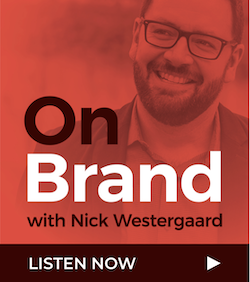While the Fourth of July fireworks may be over, we can still learn how to make the most of our nation’s birthday for next year. In a previous post, I listed Google Trends as one of the top three tools to stay relevant. Let’s take a look at top Fourth of July search trends and how we can leverage search trends to create more effective marketing.
Identify the Right Topics
From vacation destinations to patriotic nail polish, you can learn what people are searching for and focus on highly-searched topics. Recipes for desserts were popular this year, especially cupcakes, cookies, and cheesecake. For restaurants, this could mean promoting that red, white, and blue cheesecake, or posting a recipe to social media. Destinations like Myrtle Beach and Niagara Falls were also popular. Travel companies could offer vacation packages or local businesses can ramp up their local marketing online and off to bring visitors in.
Pick the Right Time
Most searches occurred in the two weeks leading up to the holiday, especially for topics like fireworks and barbecues. Start your marketing before the peak, post related content one or two weeks prior to the holiday and execute marketing campaigns with plenty of time for customers to act.
Focus on the Right Places
Interest in the Fourth of July varied by state and metro area, with Idaho Falls at the top of the list and Honolulu a close second. Activities varied by state as well, with the midwest being more interested in fairs, the west and south more interested in barbecues. Insights like this can help you refine geographic targeting and improve your relevance. Instead of giving away a free barbecue in Missouri, consider offering tickets to the local fair.
Google Trends makes it easy to see search interest over time and geography and see related keywords. You can also compare search terms to identify which synonyms are most popular. Then incorporate them into your content to improve your search relevance. For example, a furniture company can determine whether to call their new sale item a “couch” or a “sofa” (based on the trend, I’d say couch). Take a few minutes and see what you can learn to create more relevant marketing.









